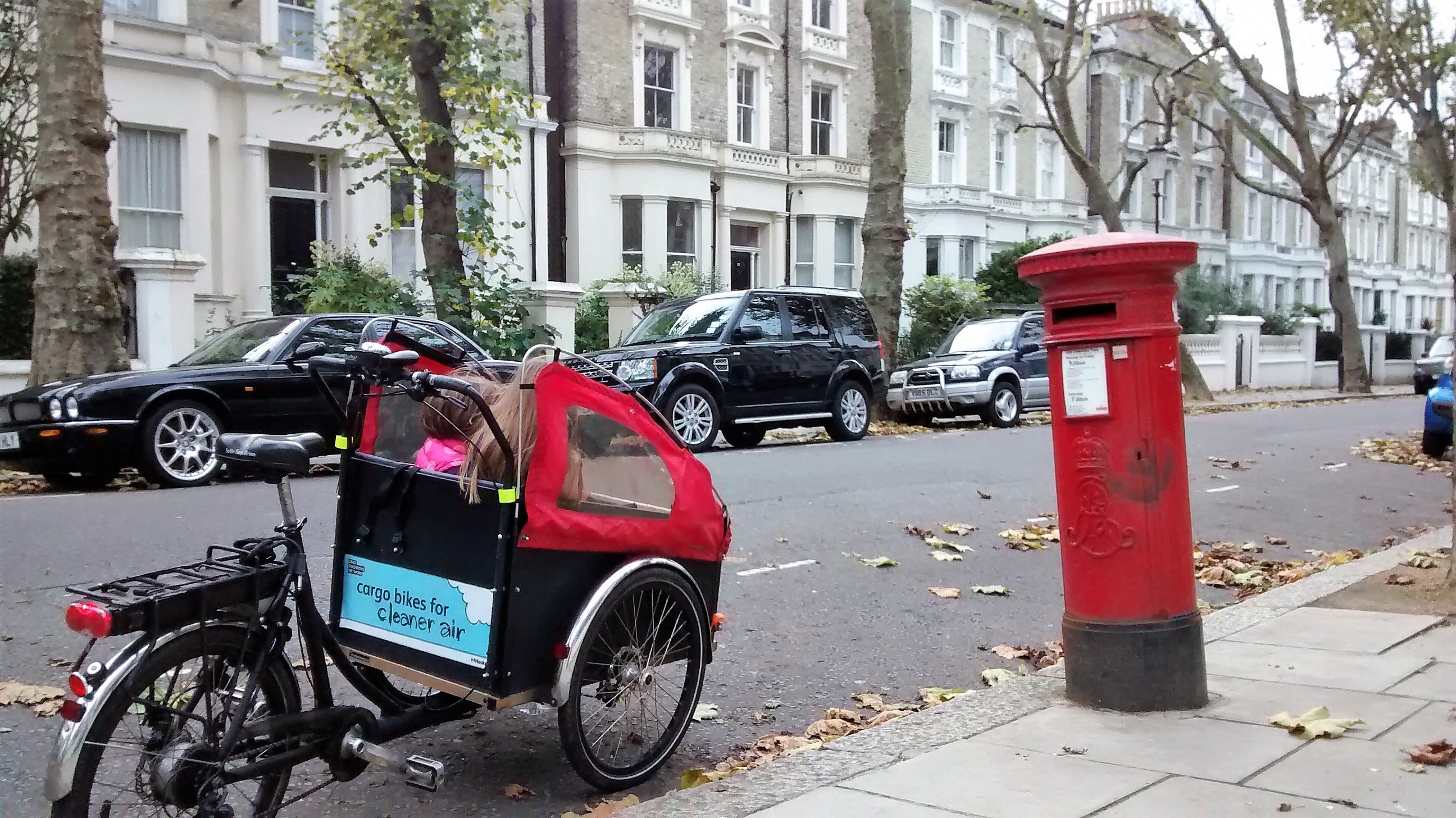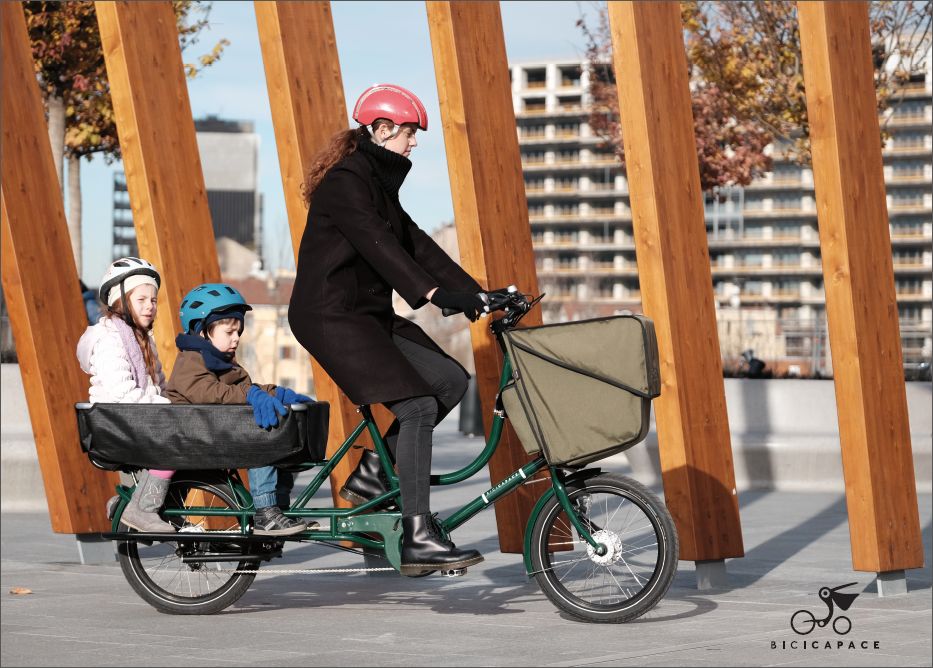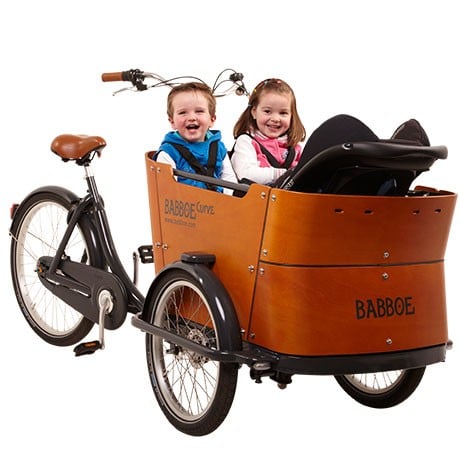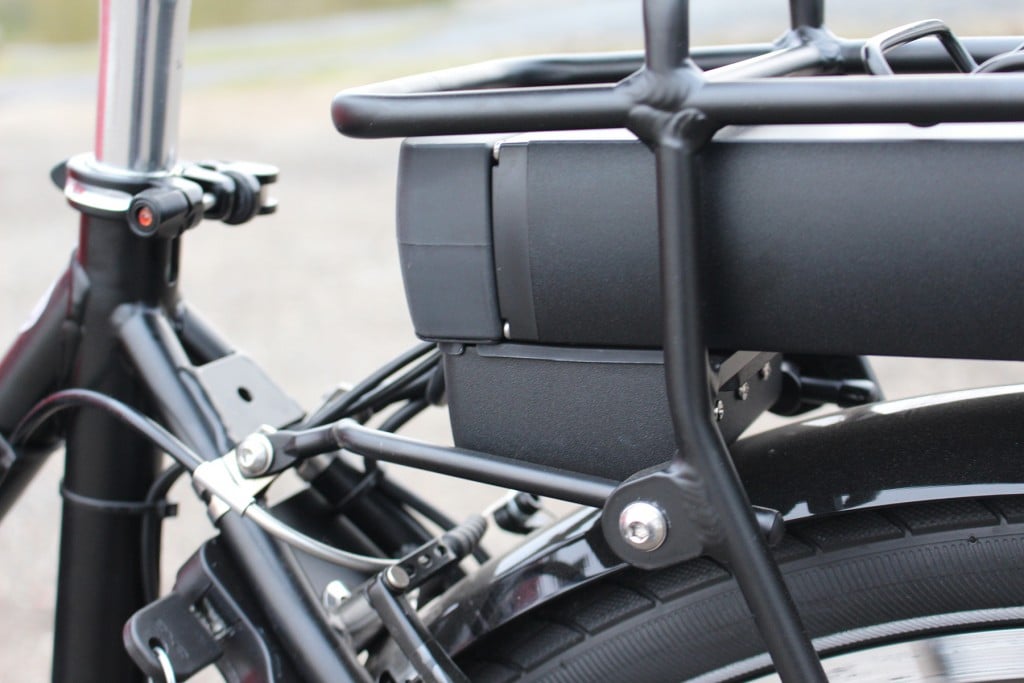

Posted on March 27, 2018 at 4:46 pm

Once you’ve made the decision to purchase a cargobike, it can be quite daunting to know how to go about it. This guide is a collaborative effort. We’ve drawn on our professional experience, for over 15 years selling cargo bikes, combined with our experience owning a cargo bike for family use.
We are delighted to see the choice of cargo bikes now available, however we also fully understand that it may seem confusing. So here are some questions you should consider when looking to buy a cargo bike for your family. This guide is for you, whether you intend to buy from us or not and wherever you are.
Most cargo bike retailers will offer you the opportunity to test ride their models. Either on their premises or through hiring a model. Do take it! Handling is a very personal thing and since we all have a different body shape and sense of coordination, this is very important. What works for someone may not necessarily apply to you.
Keep an open mind and don’t make a final decision before the test rides. You are buying something that will truly change your life for the better. It’s worth thousands of pounds, we explain why here, so take your time to choose wisely.
Some retailers will also have a Try at Home service whereby the cargo bikes come to you to try. The cost of this service is often waived when you go ahead with a new purchase so, if you are near the end of the search, this is well worth using.

Cargo bikes are wonderful. Beyond their more obvious environmental and health benefits, they offer their owners something incredibly special: precious family time. So you’ll inevitably end up spending many hours at the helm. Start by having a conversation with your family and any other people that might be sharing the bike with you. Ask yourself the following:
The main things to consider are distance, weight of your children (think long time) and the terrain. Two things that are often overrated is your current level of fitness and how hard it is to pedal a cargo bike. Your current level of fitness will improve with time without even you noticing, that’s how fun riding a cargo bike is. So don’t worry about it too much.
Yes, cargo bikes are considerably heavier than regular bikes but they have been designed that way so the weight is well distributed. The weight difference amongst cargo bikes are generally up to 10 kg. Given the weight of a child, it is not as overly significant as it may sound. A well designed cargo bike with few extra pounds will beat its poorly designed and lighter rival. Adding 20 kg of load, for example, will be hardly noticeable when riding on a flat.
The weight of the bike matters more when handling it, off the saddle. For example, lifting the back wheel to turn around, pulling bike up a kerb, getting in and out of tight spaces, etc… If you are not particularly strong in general terms then a lighter bike will be easier to handle for you.

Generally speaking a two wheeler will be easier to cycle over a long distance. Less so if you are riding through busy roads having to stop and start frequently. Two wheelers are narrower therefore easier to filter through traffic. With a cargo trike, you don’t have to put your foot down, leaving your hands free and it’s easier to start again. Most parents really do appreciate this feature.
If your children are older or simply bigger, cargo trikes offer more space on the seat and in the box for bags and belongings. The overall box volume will be greater than that of a two wheeler. Two wheelers allow for greater speed when turning and is more stable at speed.
Your riding style does matter when choosing the right bike. Both types have their pros and cons so you should try them both before making a decision. We’ve covered the main differences here.

E-assists are expensive but they are a good long term solution to your growing family and growing children. Keep in mind that the route, distance and even the purpose of your cargo bike may change over time. Nowadays all manufacturers offer at least one electric assist model in their range so there are plenty electric cargo bikes to choose from. If you struggle to decide, here are your options:
If you’ve already decided you want or need an electrically assisted cargo bike you should look further into the specs and the type of motor, namely hub or crank drive. Ask your local cargo bike retailer, they will be happy to answer all your questions.
The typical cost of the motor kit is 50 – 100% of the bike itself. Furthermore, a replacement battery will cost you anywhere between £250 and £1000 depending on the make, and capacity of the cargo bike. A battery lifespan depends on a series of factors but typically, it should last 3-4 years.
Despite their fast growing popularity, electric bikes are tricky to repair if something goes wrong. The safest bet is to buy from a retailer that carries a good stock of all spares for your motor and has a good knowledge in related repairs.
Stay away from cheap motor kits advertised online. Unless you have the time and money to spare, it is risky. The cheap kits will cost half the money and if it breaks you can still buy another one, but remember it takes more time and money to re-fit and you’ll be off the road for some time.
The range of a battery charge will depend on:
Next week, in Part Two, we’ll look into considerations such as storage, finance and insurance.
